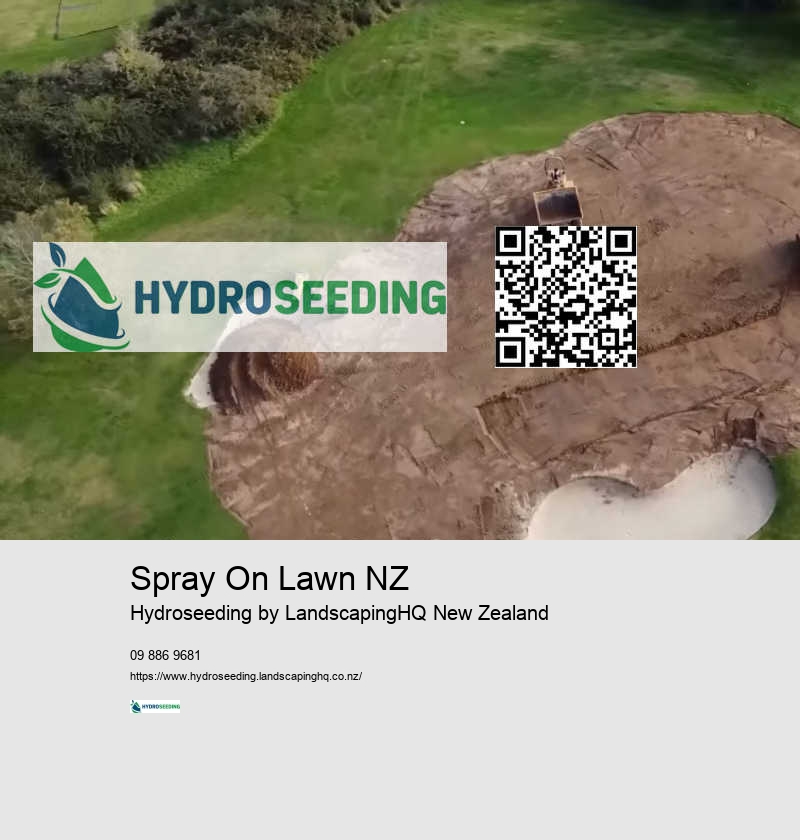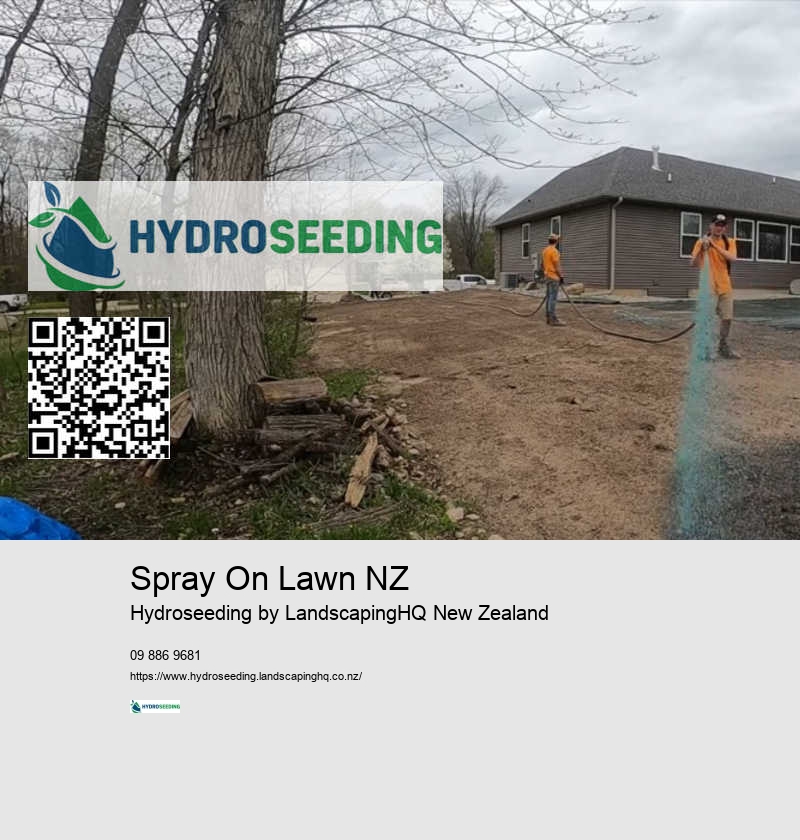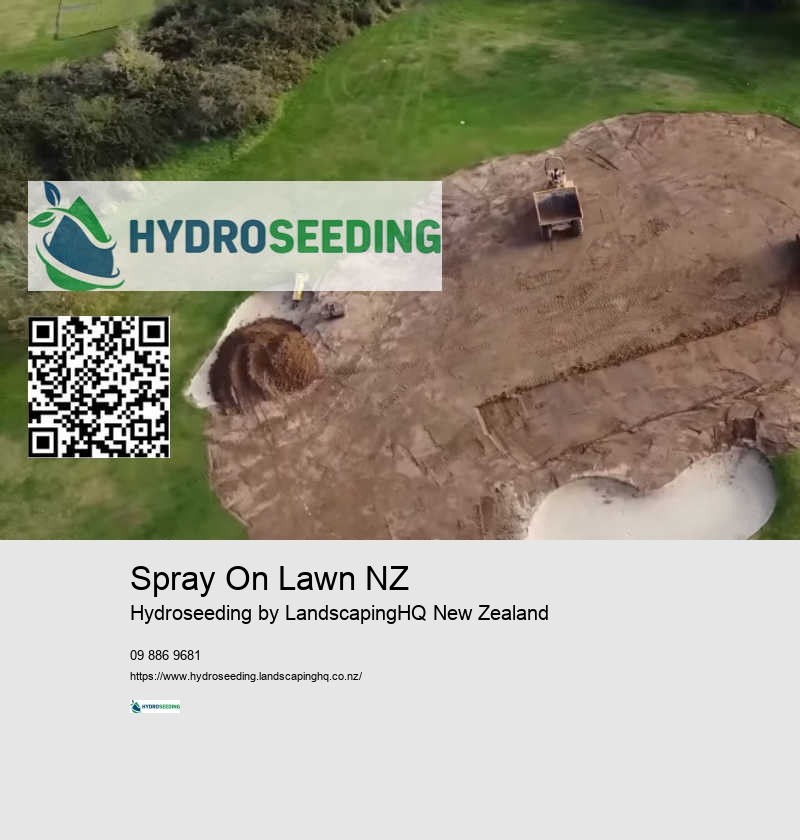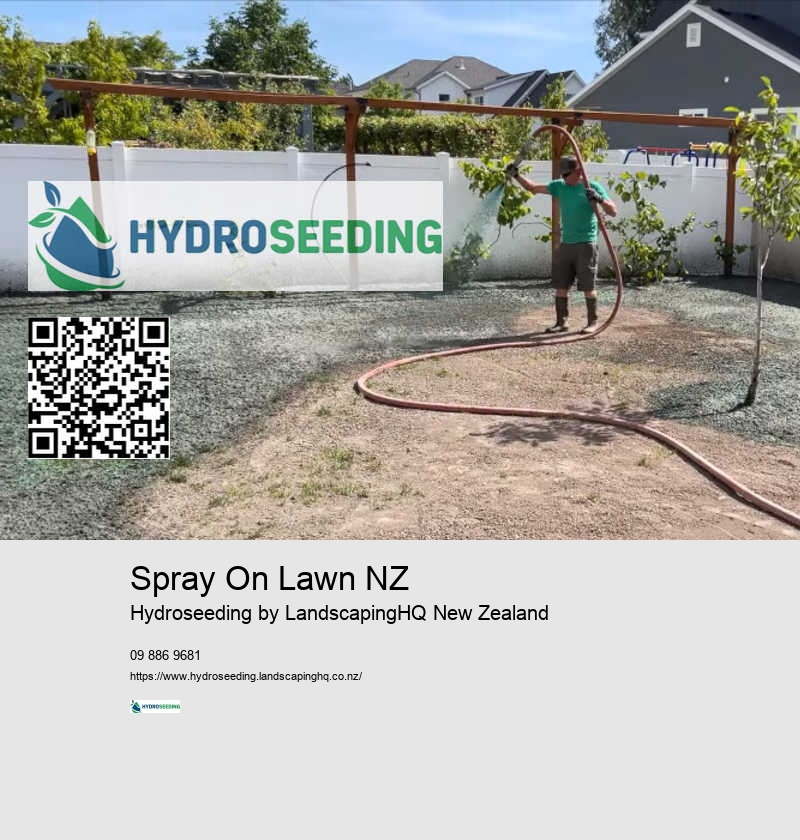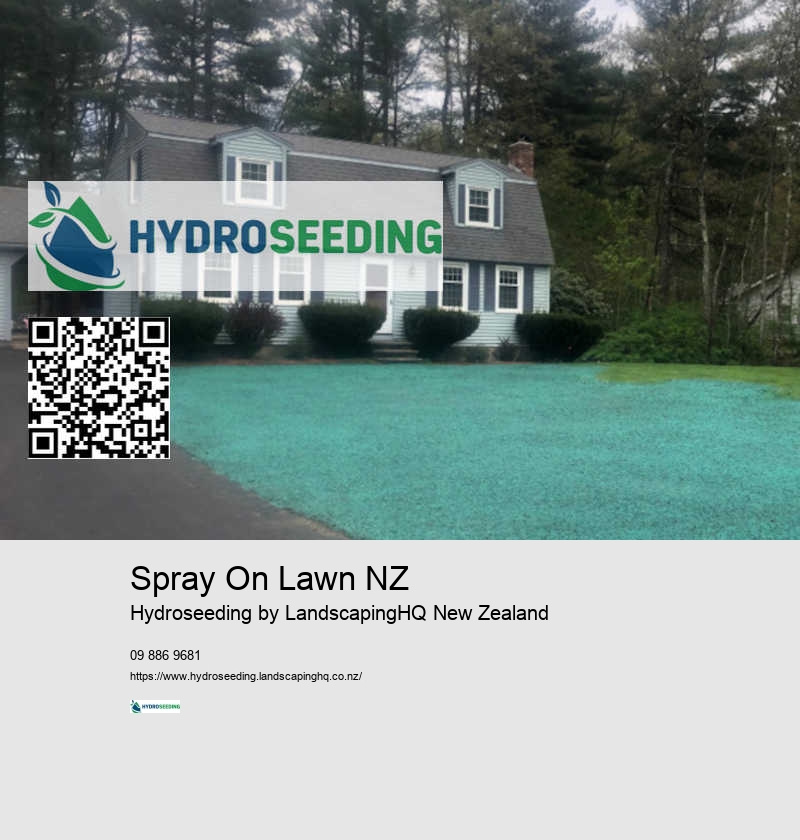Spray On Lawn NZ
Grow grass
Proper soil preparation is a critical step in ensuring successful hydroseeding outcomes. Turf Lastly, we shouldn't overlook weed control. Achieve lush green landscapes effortlessly - Learn how Hydroseeding New Zealand can make a difference. The traditional method of seeding, while initially cheaper, can result in additional costs due to maintenance or reseeding. With our expertise, even the most difficult terrains can be transformed into thriving, stable landscapes. Our expertise allows us to tailor the seed mix to the specific requirements of your site, considering factors like soil type, slope, and climate.
We need to check for compaction, drainage issues, and nutrient content. In terms of maintenance, it's essential to avoid mowing until the grass reaches about 7 to 8 centimeters tall. This slurry forms a protective layer that not only fosters quick germination and growth but also reduces the impact of rainfall and wind on bare soil. Let's stick to the fertilization recommendations, using the right type and quantity at the right time.
To address this, we recommend thorough tilling and removal of rocks or any obstructions before applying the hydroseed mixture. Follow these guidelines to enjoy a lush lawn that thrives throughout the year. We use a specialized slurry containing seed, mulch, nutrients and other ingredients to ensure rapid germination. At this stage, we should only cut the top third of the grass to prevent stressing the young plants.
We can choose a seed mixture that will quickly establish and grow rapidly by understanding these requirements. The application techniques are the key to maximizing the potential of our hydroseeding equipment, especially for erosion control. This ensures rapid growth and uniform germination. This method will ensure that schools and sports stadiums' grounds remain safe, green and inviting all year.
